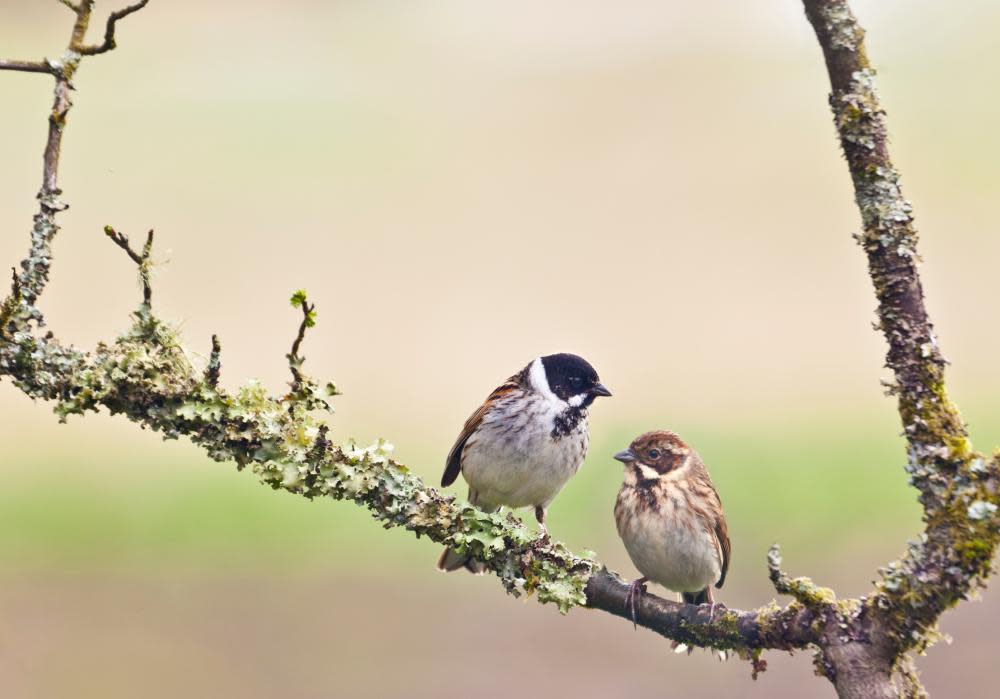Hedgerows are haven for birds, hares and badgers

The reed buntings sway on their vertical perches like trapeze artists waiting for the next trick. Bare hawthorn whips make a good vantage point from which to survey the landscape before they flit into a field of winter stubble to feed.
The males have a black head and smart white collar, adding to the appearance of professional performers. The females look at bit dowdy at first but, on closer inspection, their streaky brown plumage and fine white moustaches, running from the base of the beak across their cheeks, are just as handsome.
Once on the UK’s endangered list, Emberiza schoeniclus has recently made a comeback, largely because of its ability to adapt to living on farmland. These reed buntings are lucky to have found a farm where the hedgerows haven’t been grubbed up to make way for agricultural machinery and where the stubble hasn’t been ploughed up to make way for a second crop. The leftover kernels of wheat will see the birds through the hungry gap over winter and early spring.
Here at Rectory Farm, the tenants grow oilseed rape as well as wheat, which they add to bought-in millet, sunflower seeds and the niger seeds that goldfinches so love, to sell as garden birdfood mixes. Wildflower margins planted around the fields provide more seeds and attract insects for birds to feed on in the summer. Customers are encouraged to visit and see the results for themselves.
The effect of these “green corridors” is visible on even the shortest walk across the fields. Skylarks lift into the air, although on this February day their chirruping has yet to reach the joyous sound of springtime. Flashes of white suggest that the “little brown jobs” flitting in and out of the hedge are chaffinches. The yellowhammer perched on a briar is easier to identify, his head and breast bright against the muted landscape. In the distance, a kestrel hovers and a red kite glides overhead. A hare lollops into cover and badger prints in the earth show the birds are not alone in taking advantage of the hedgerows.

 Yahoo News
Yahoo News 
